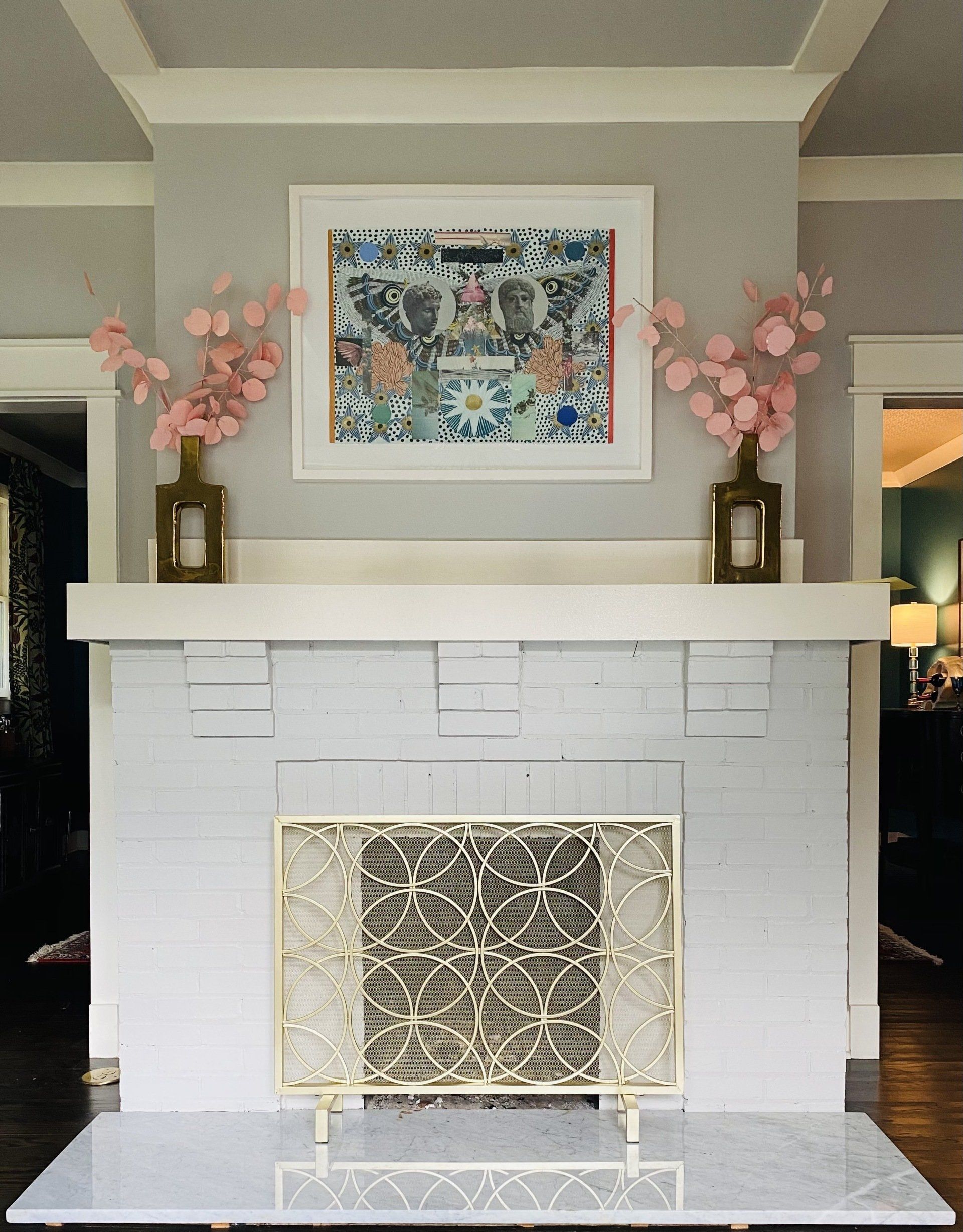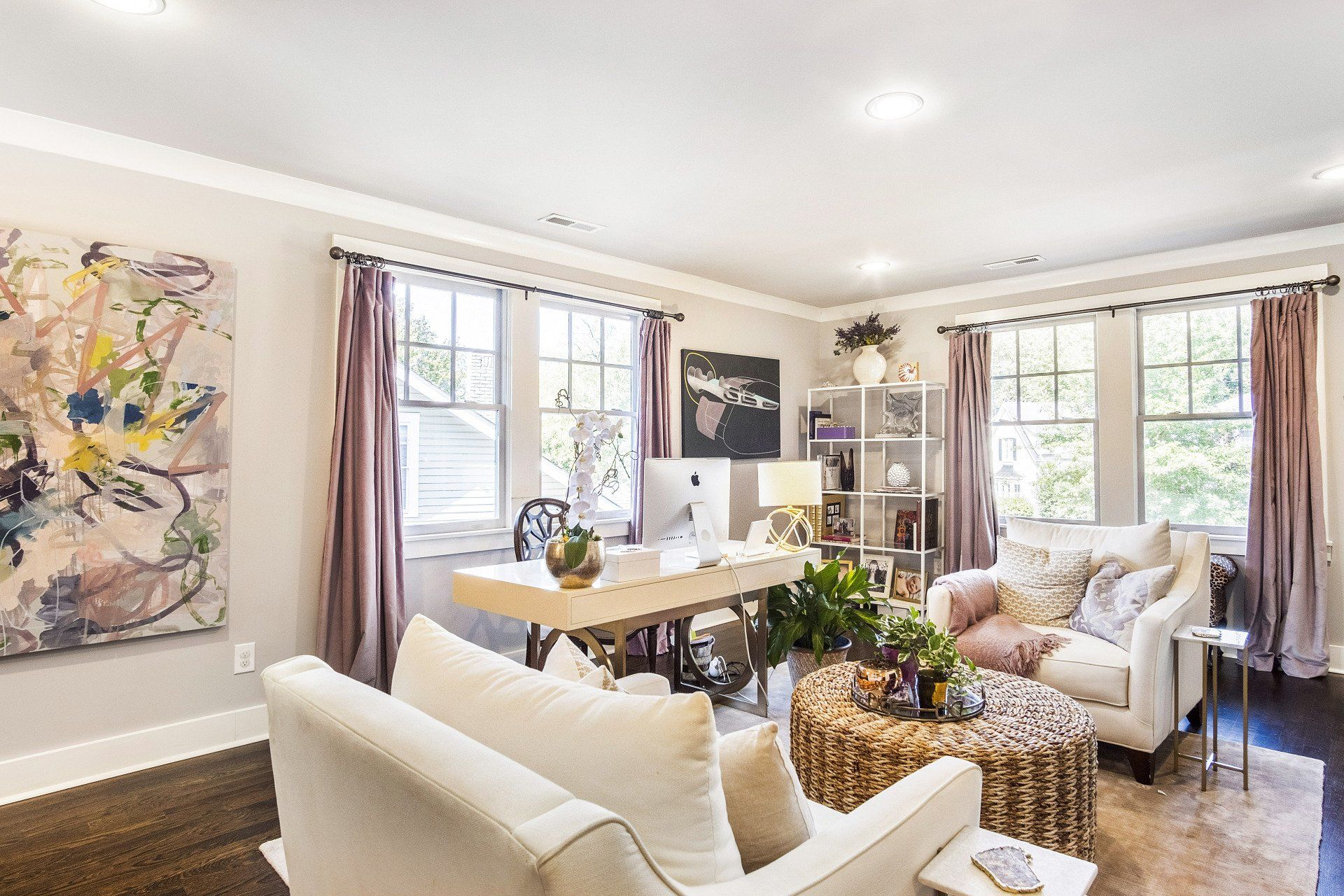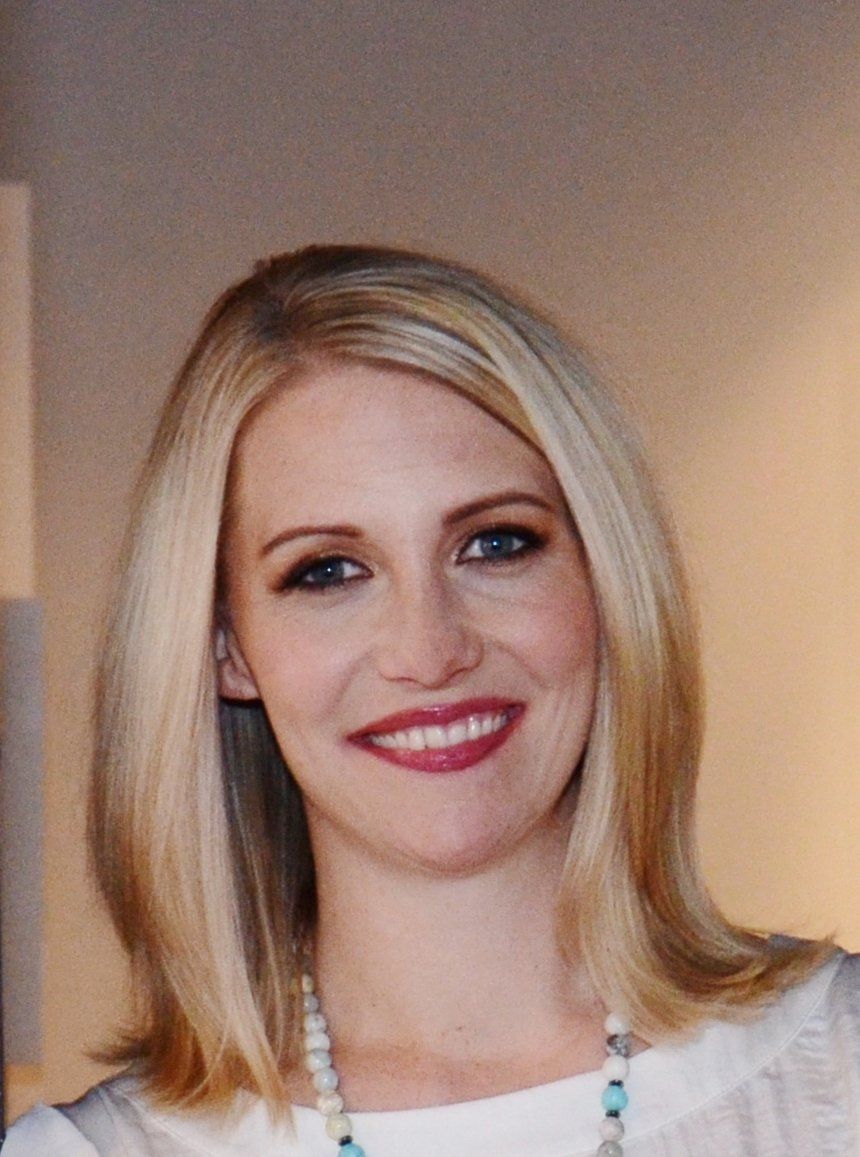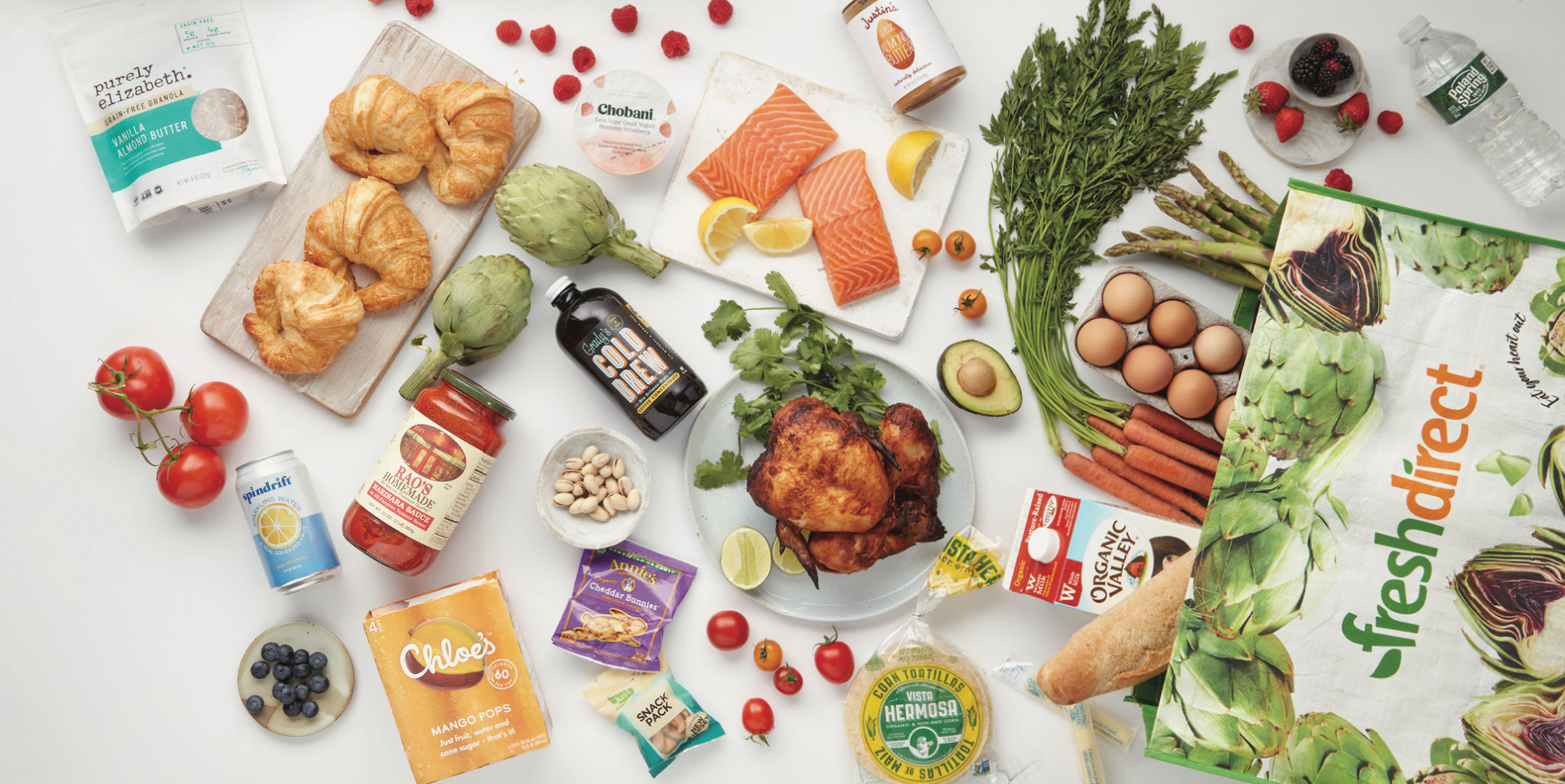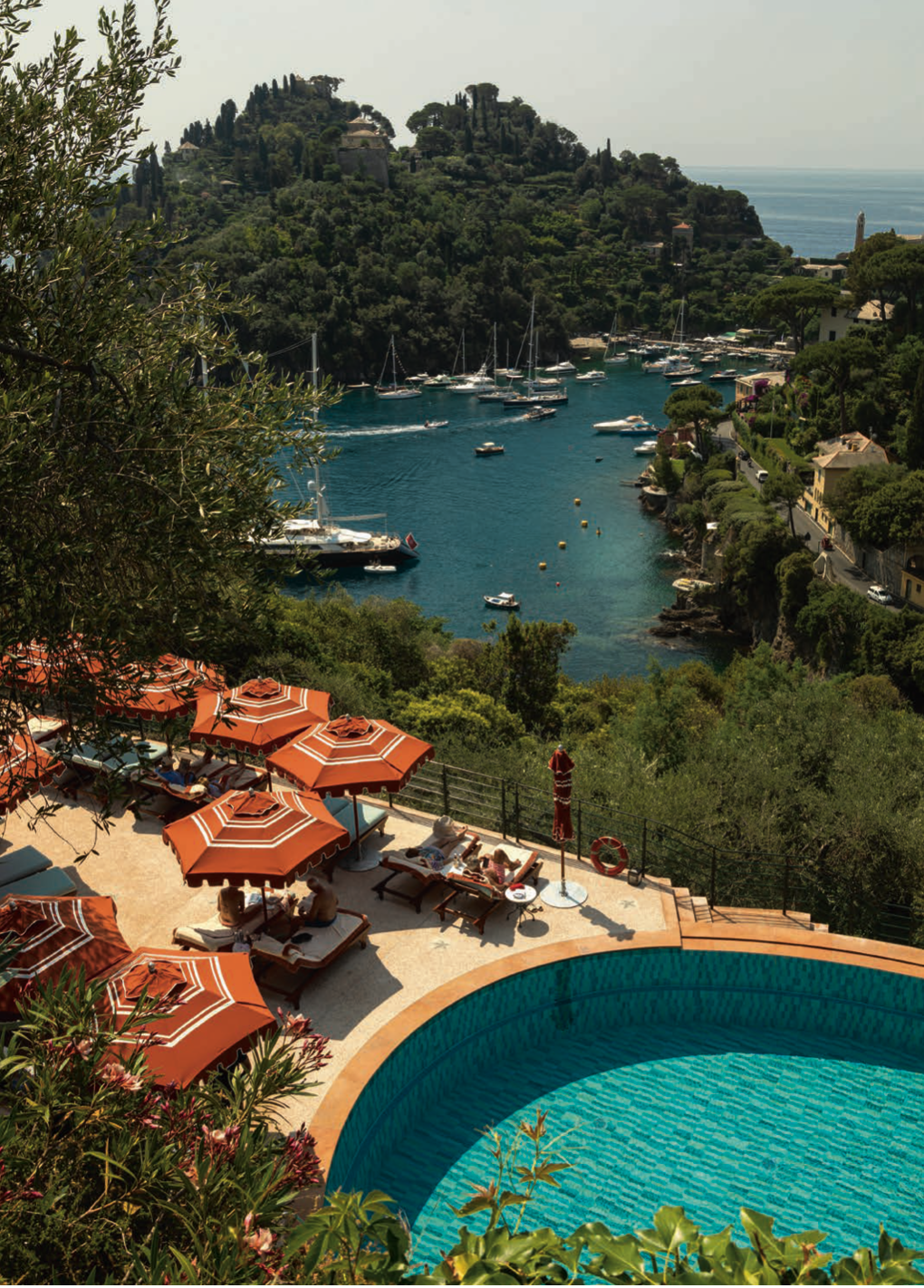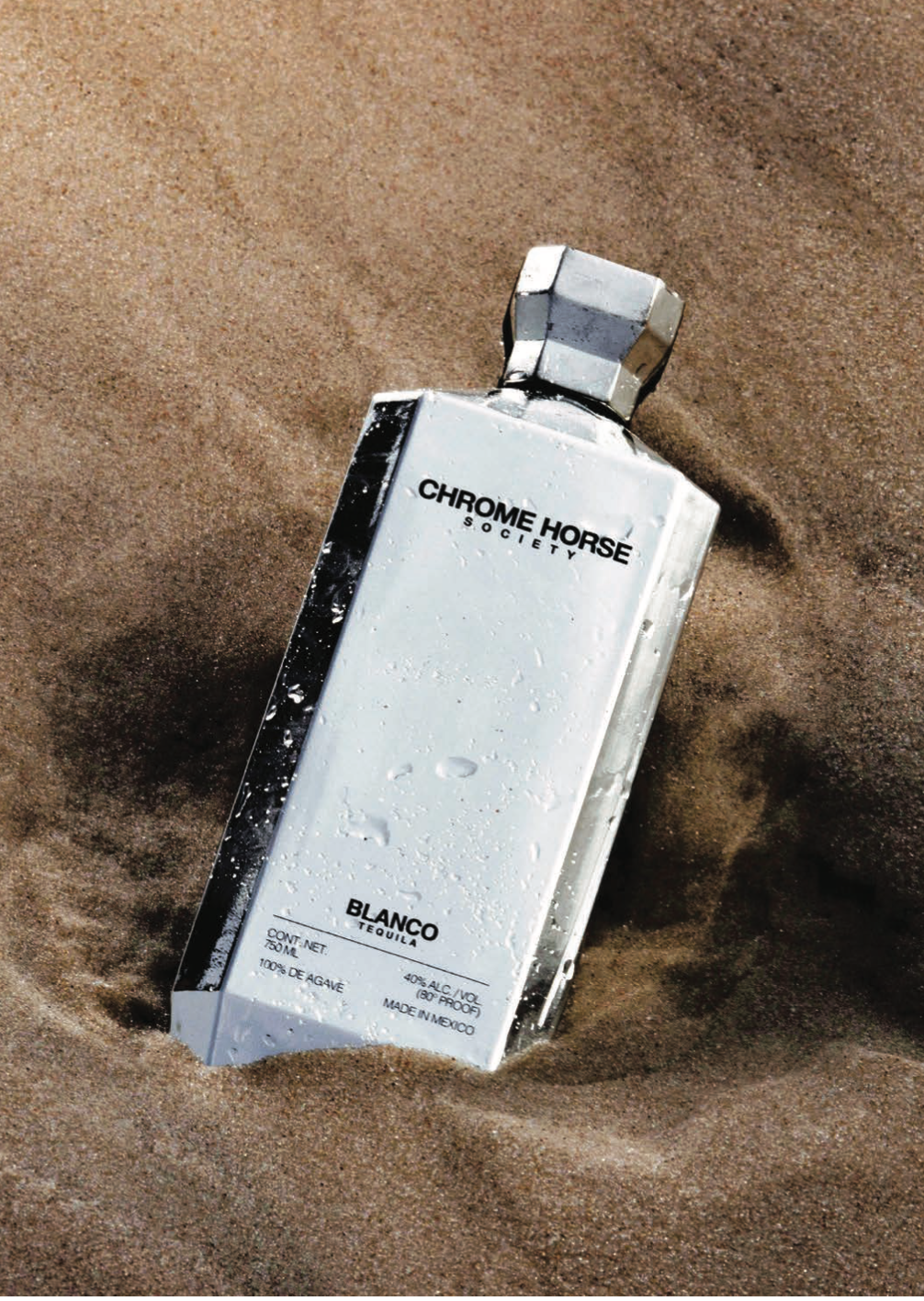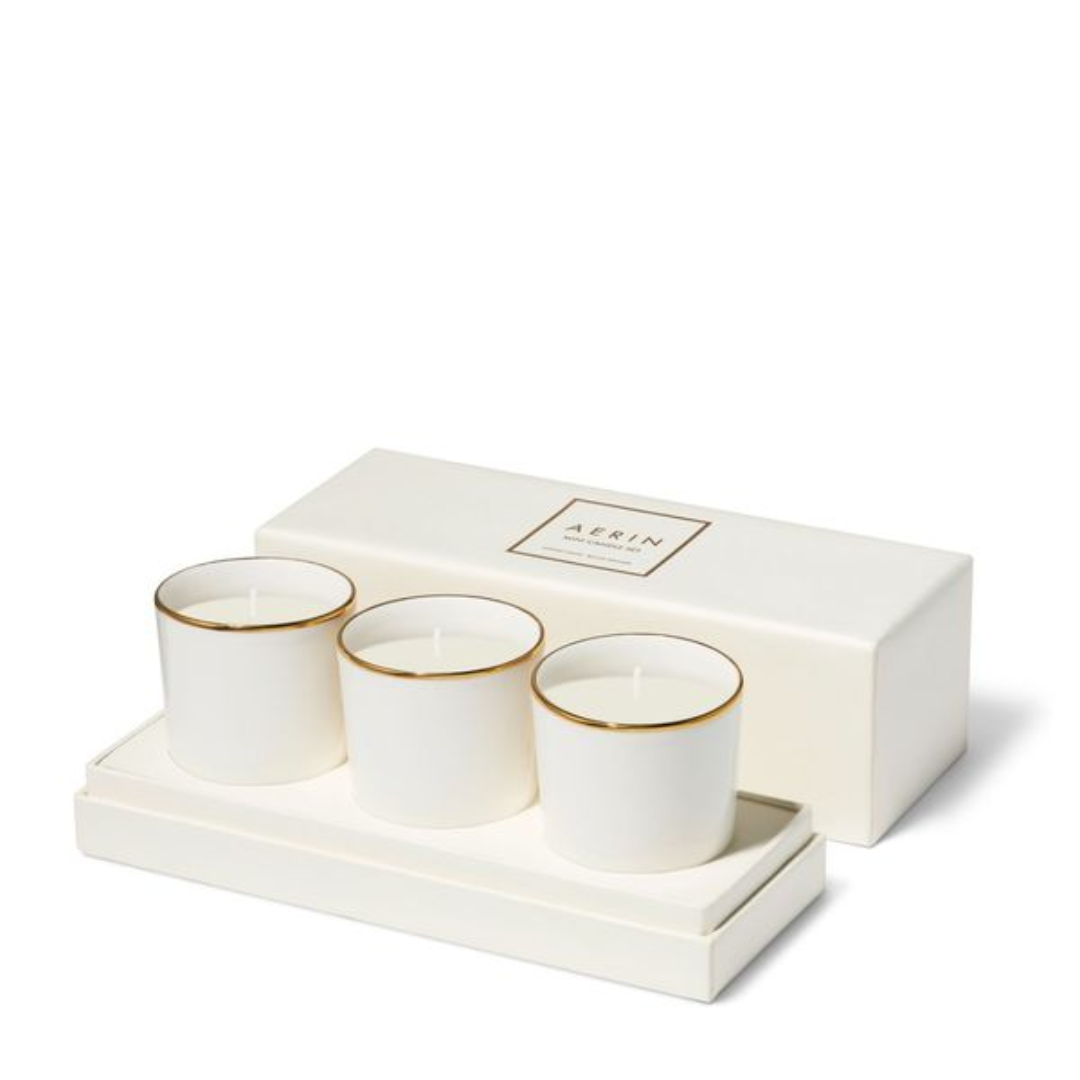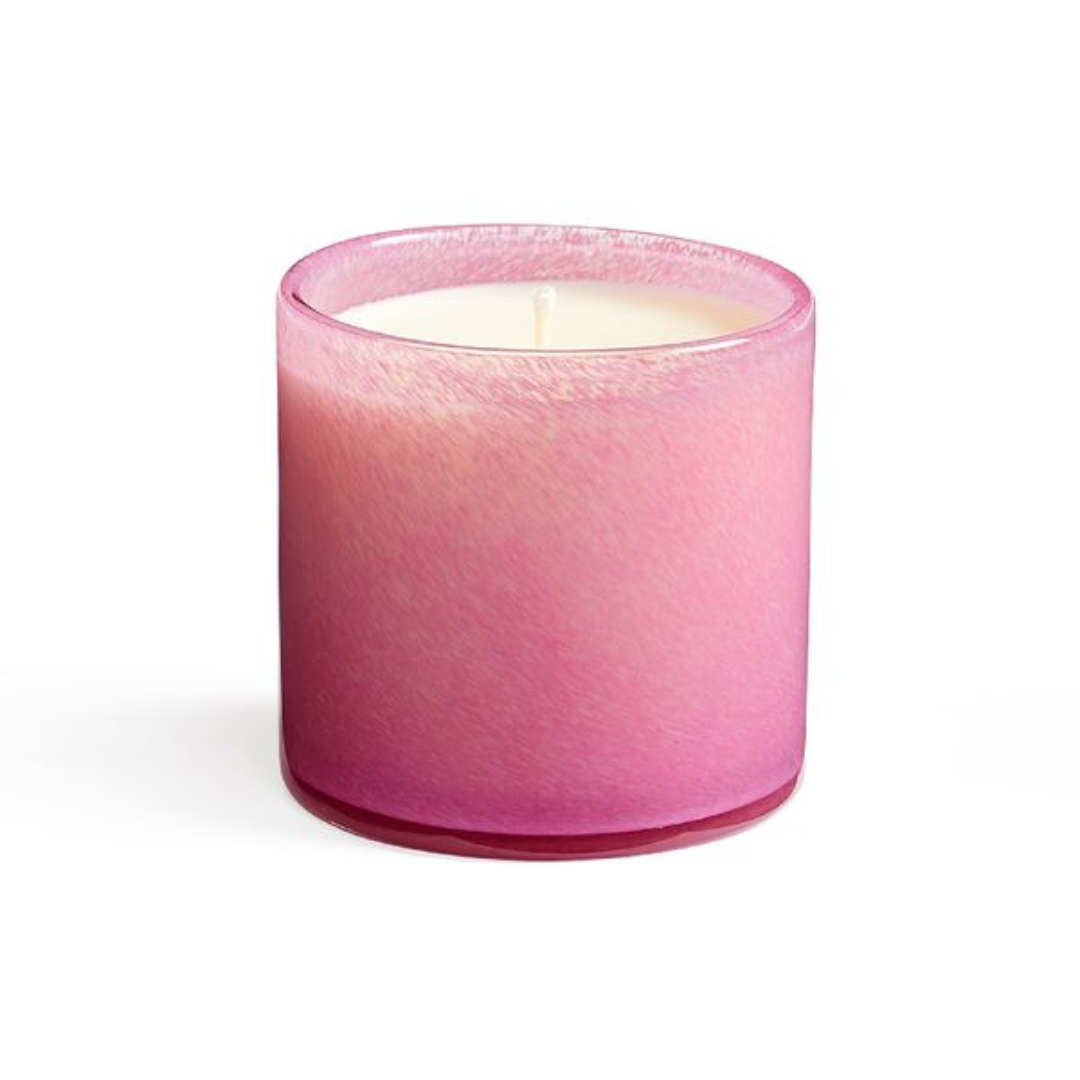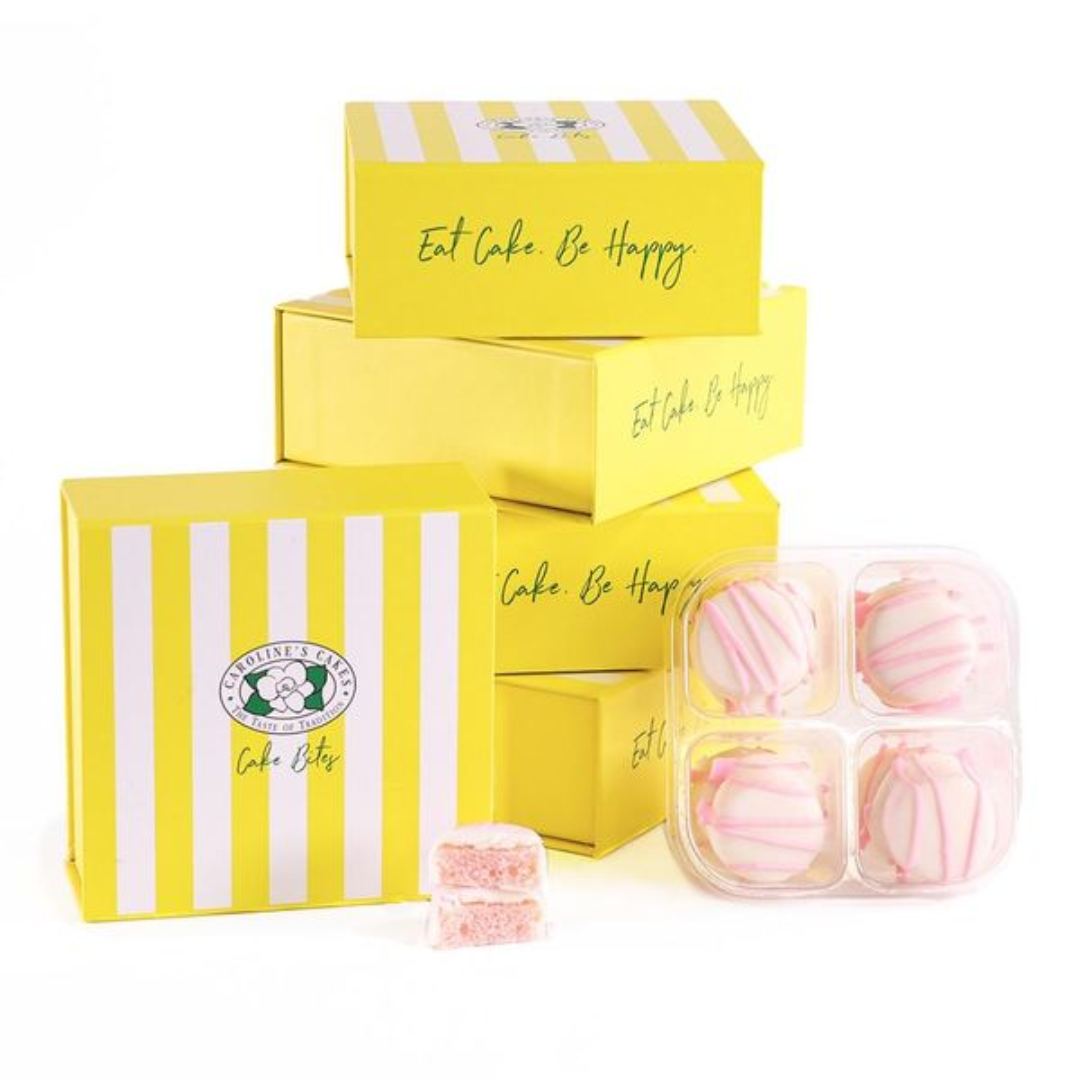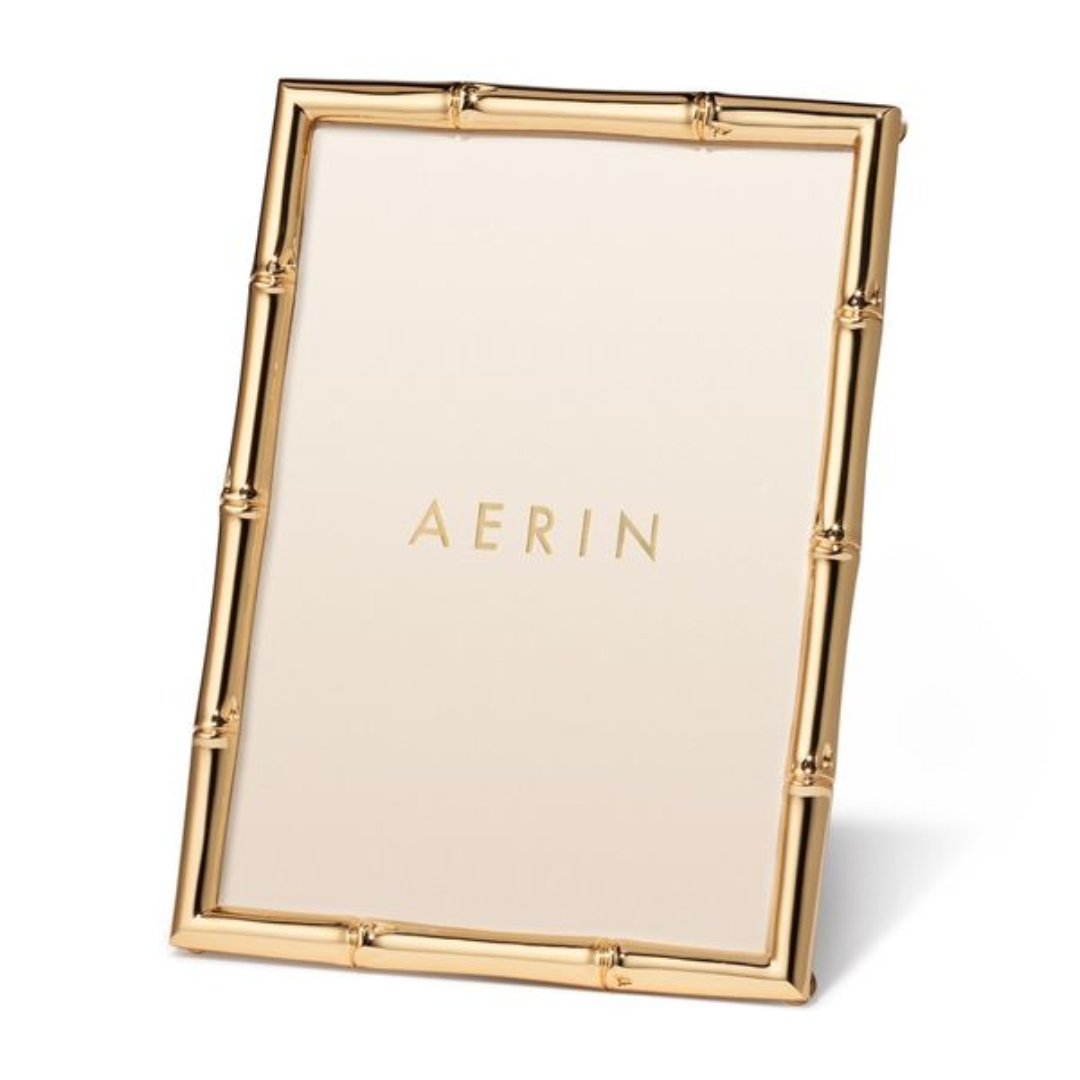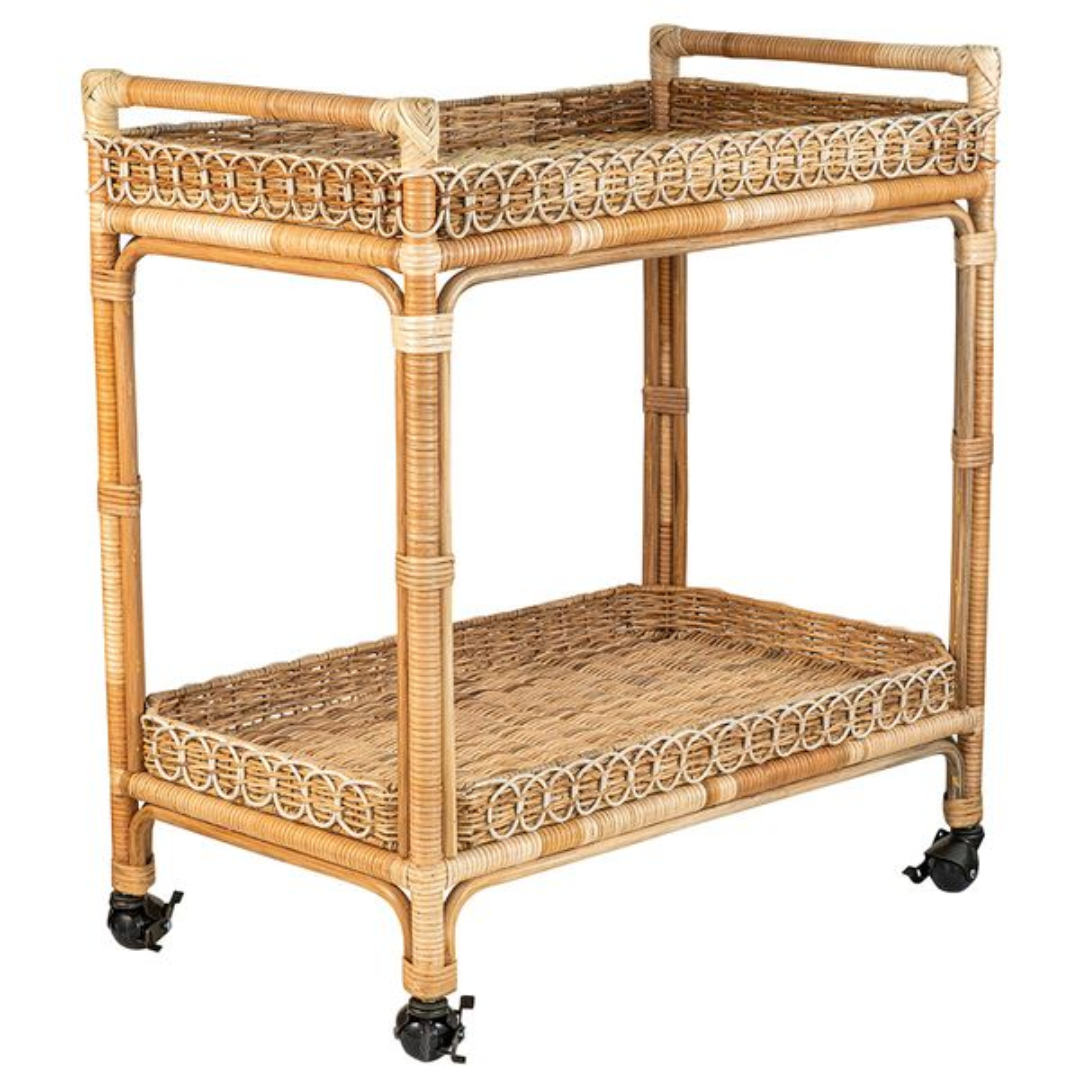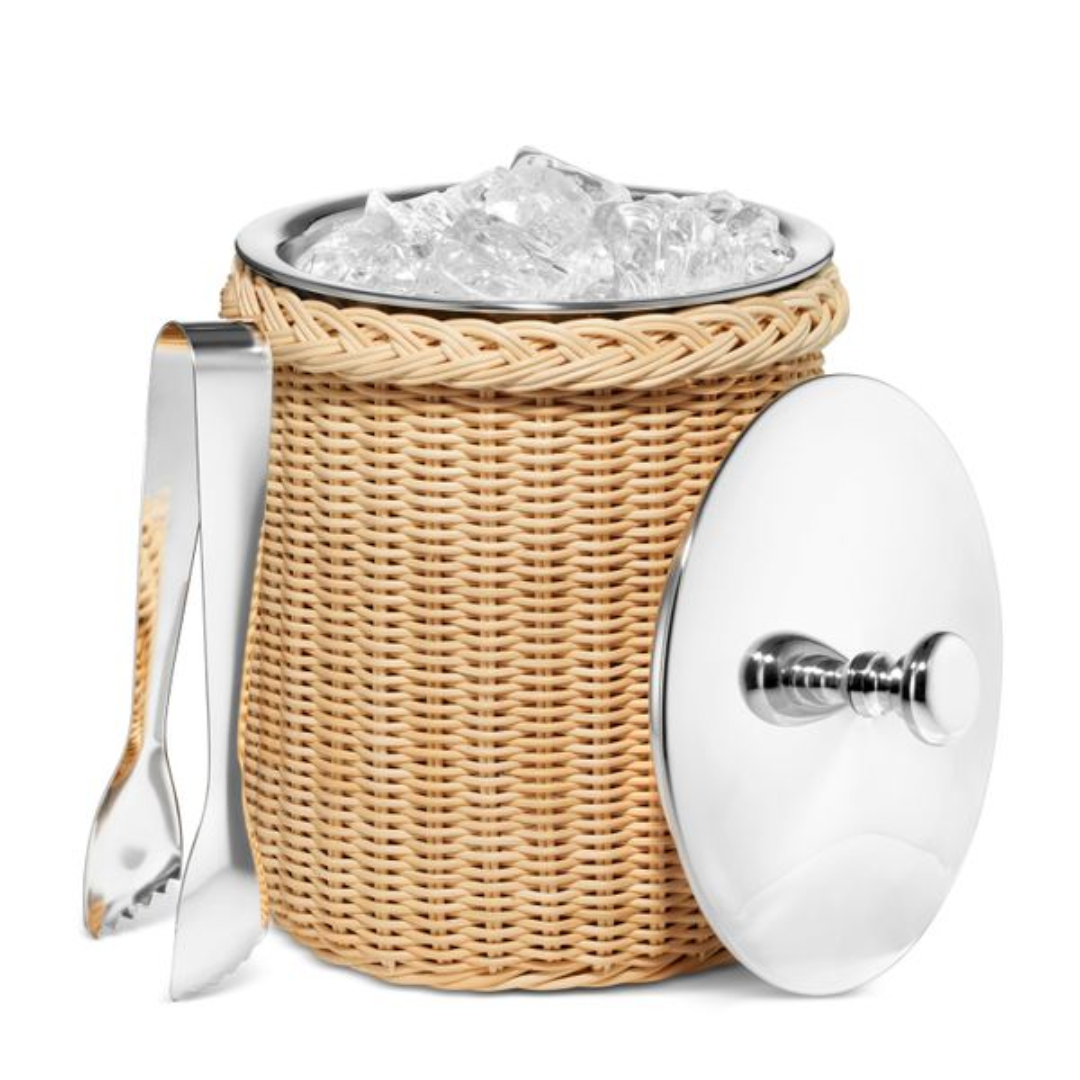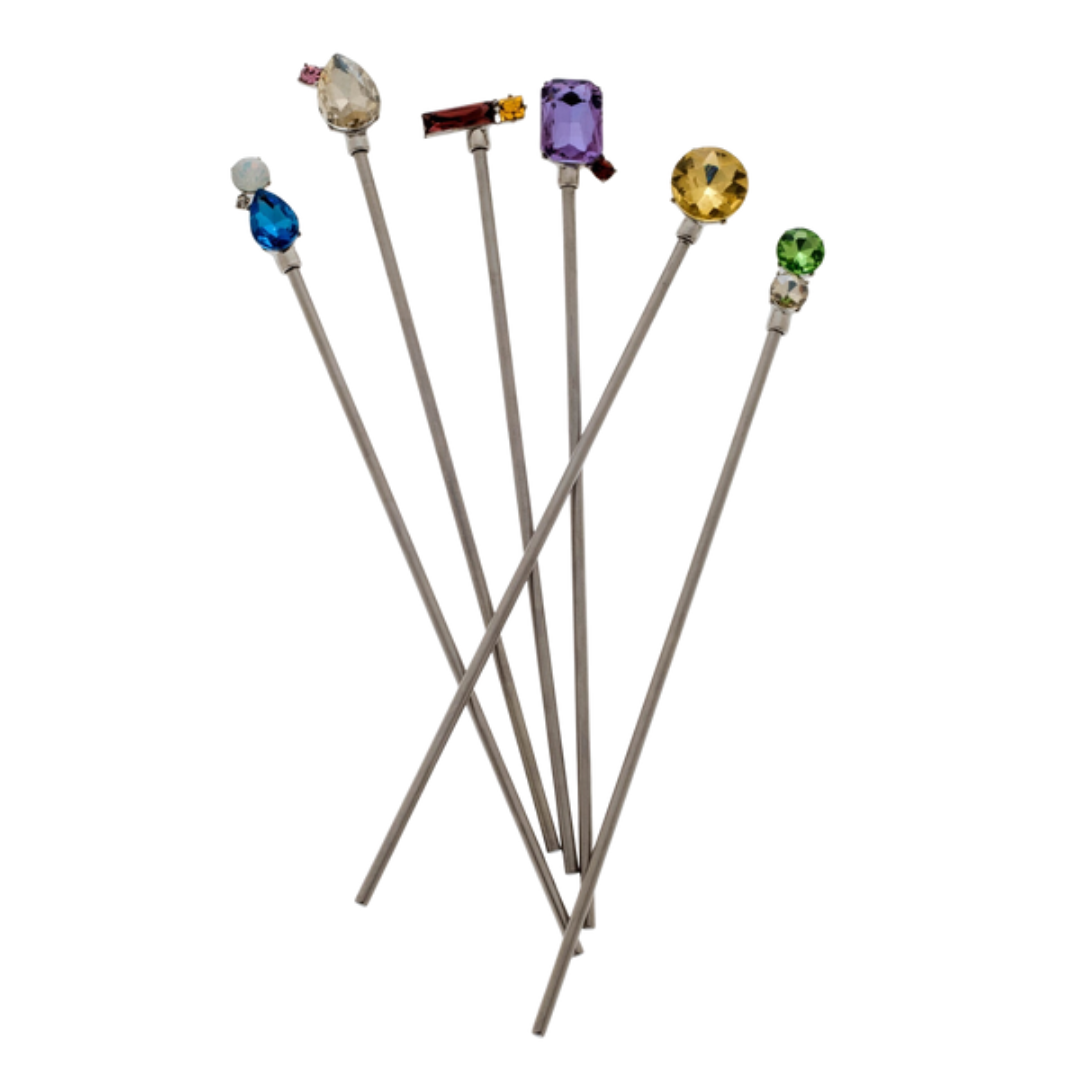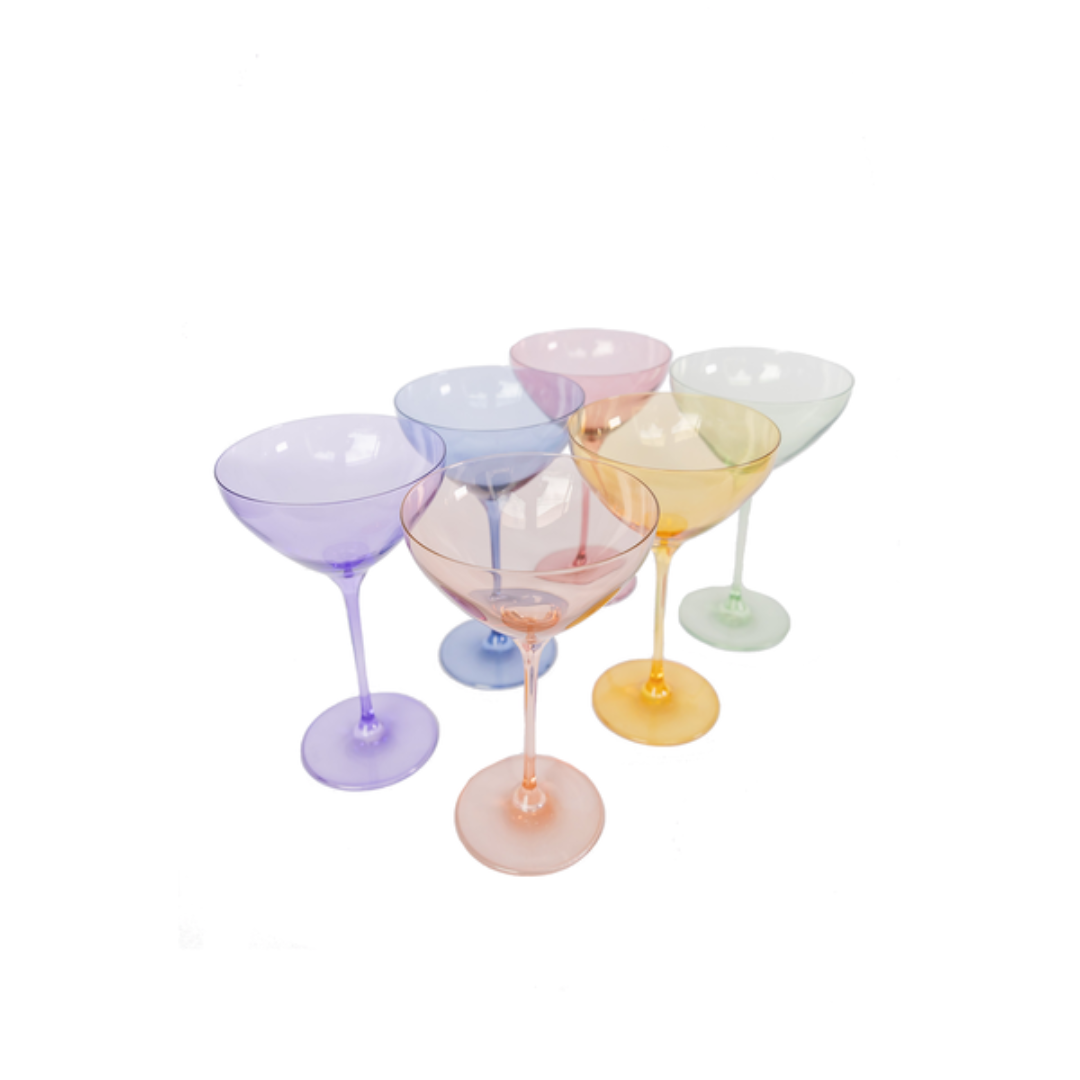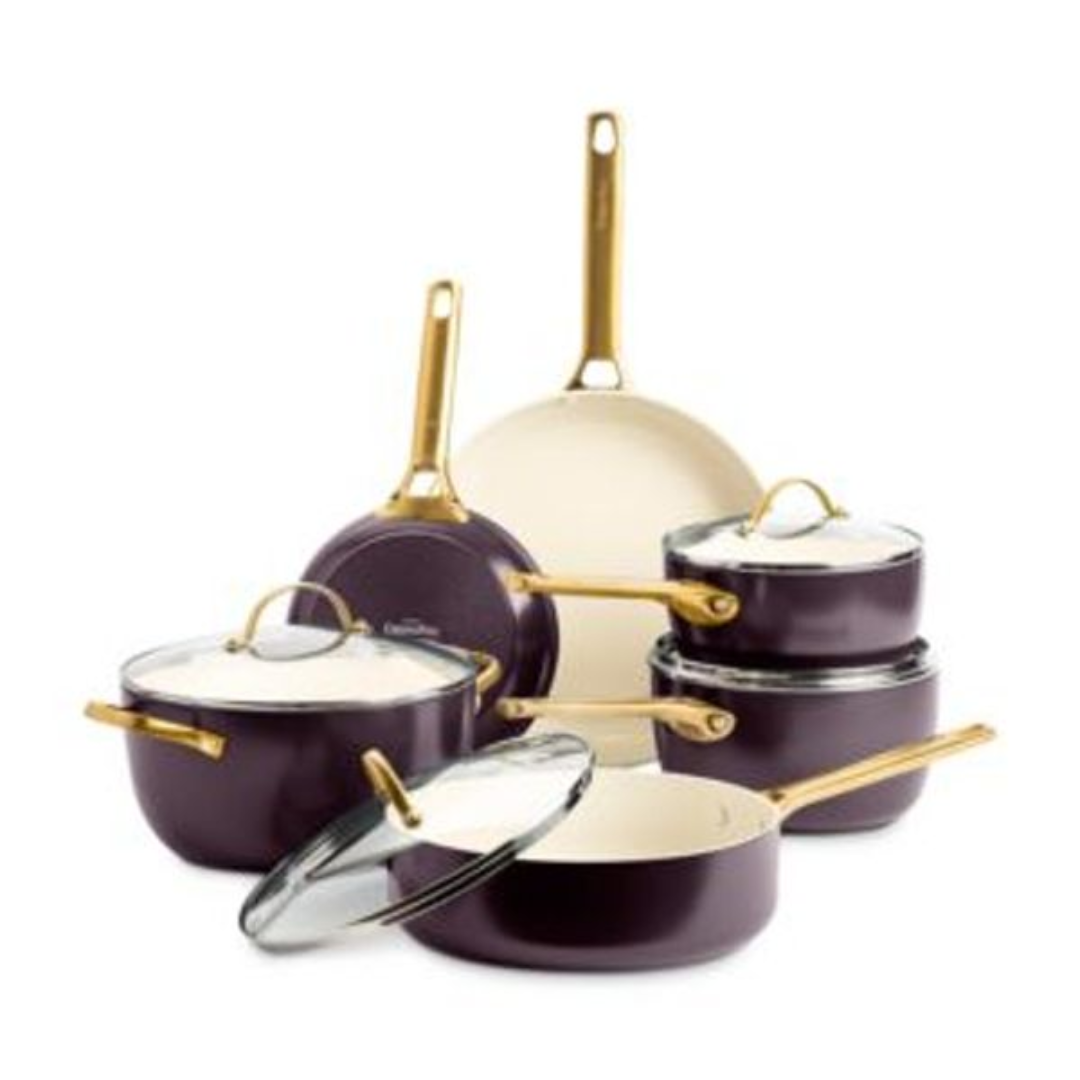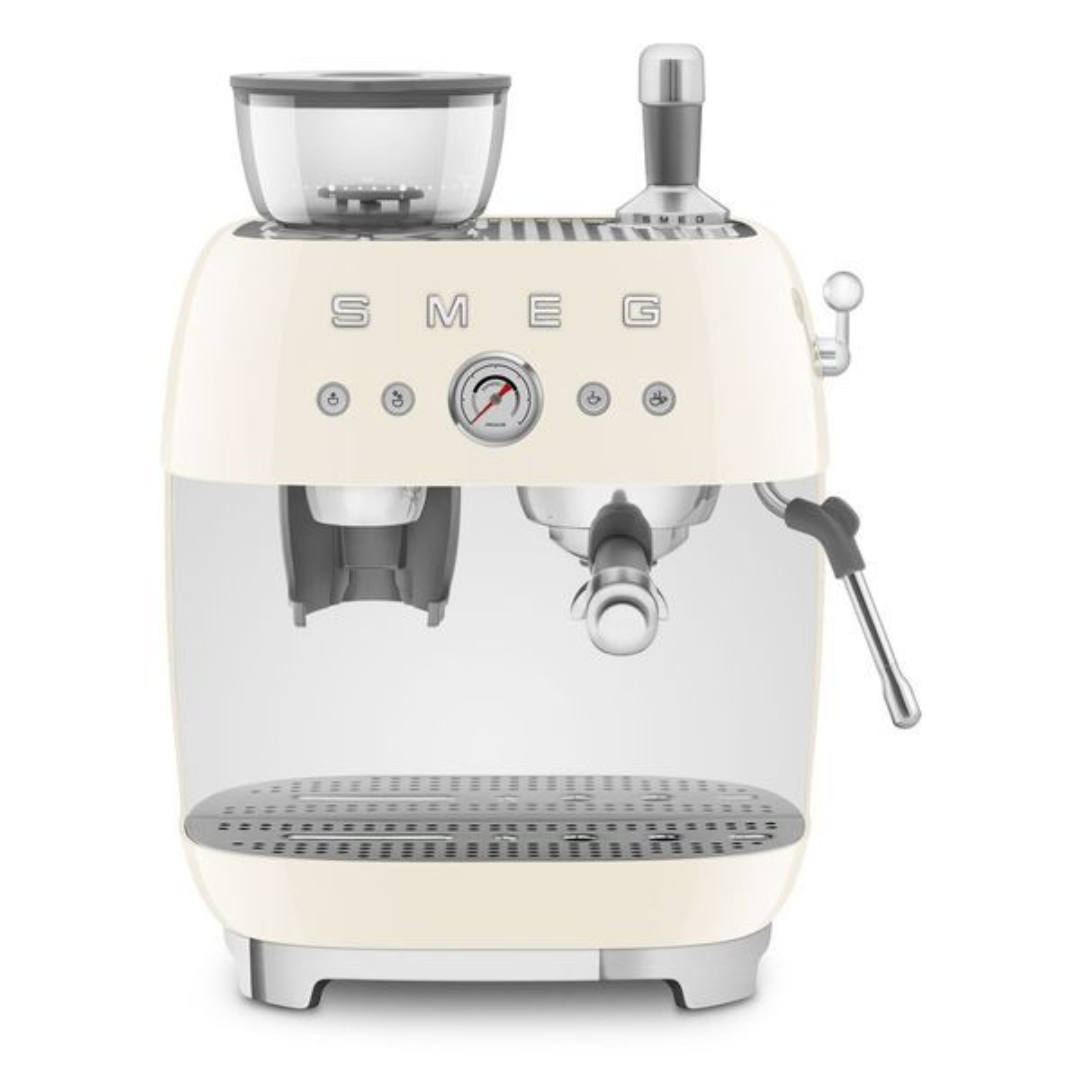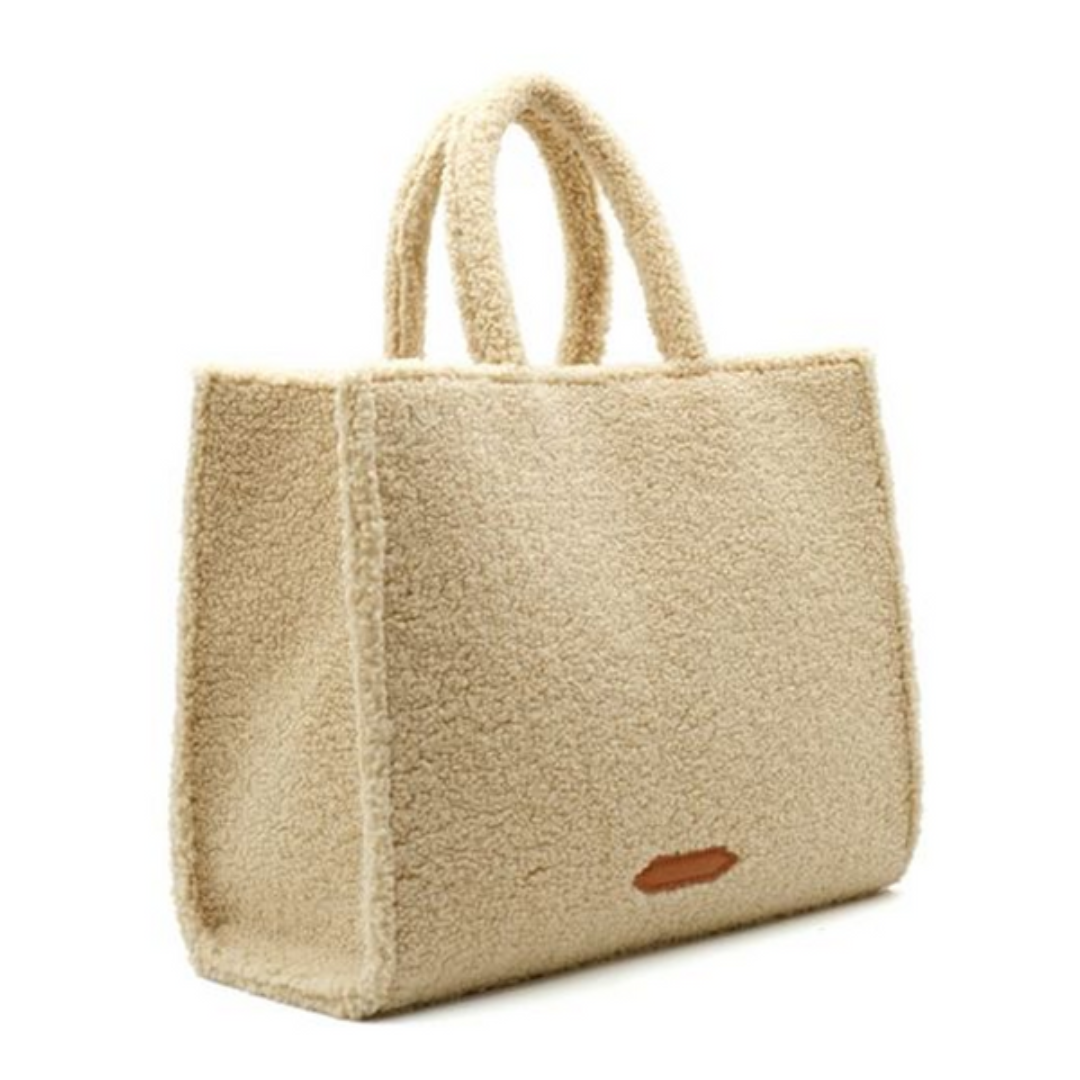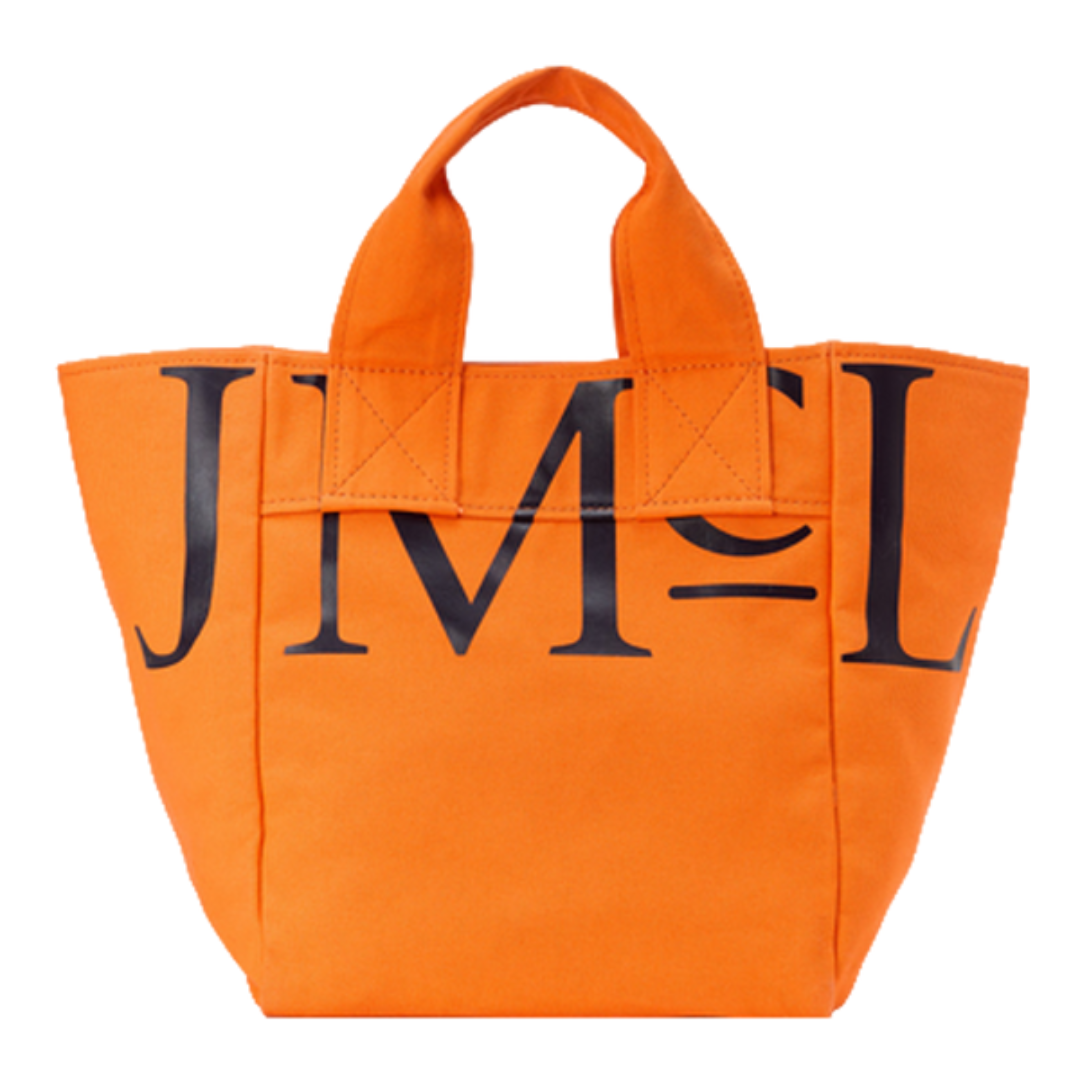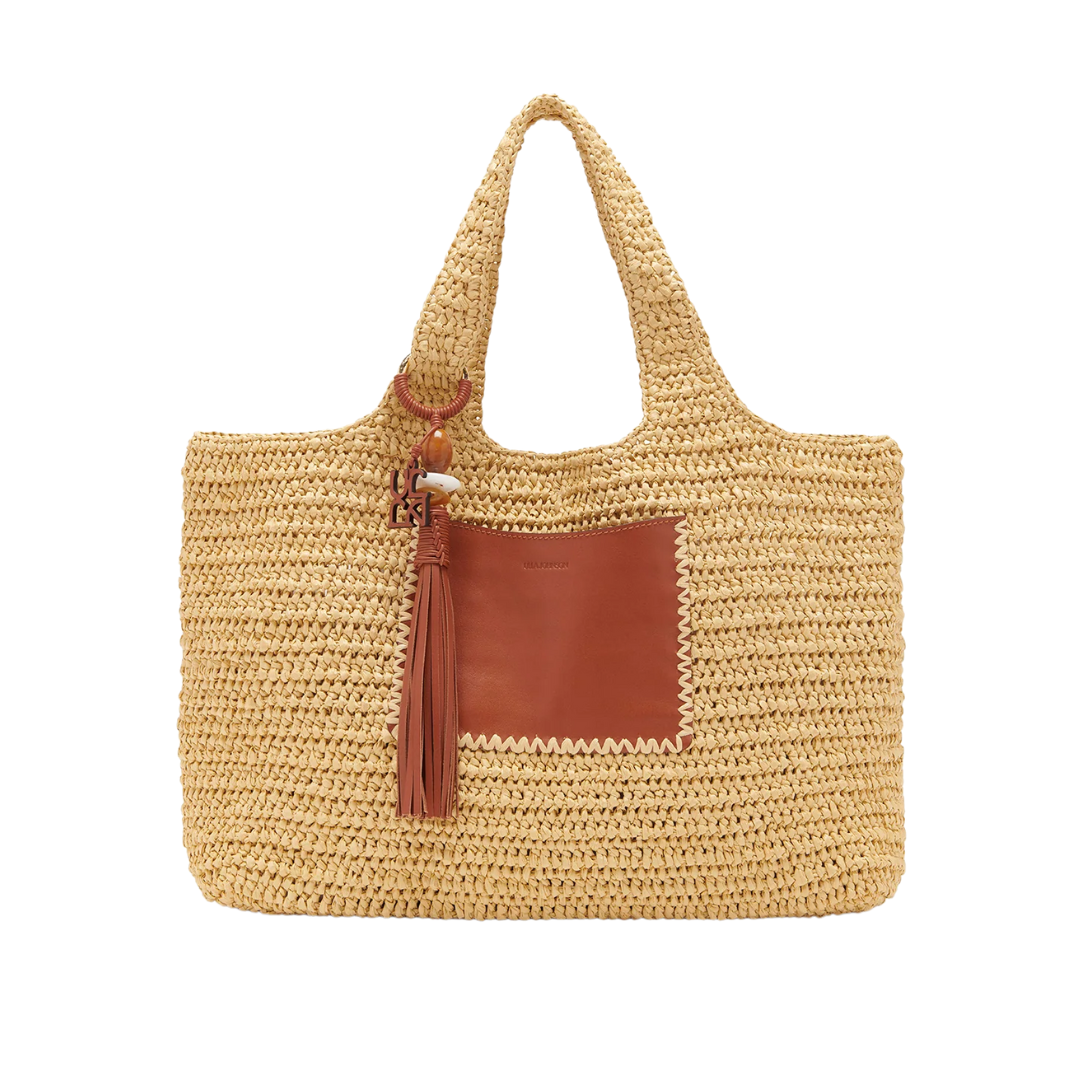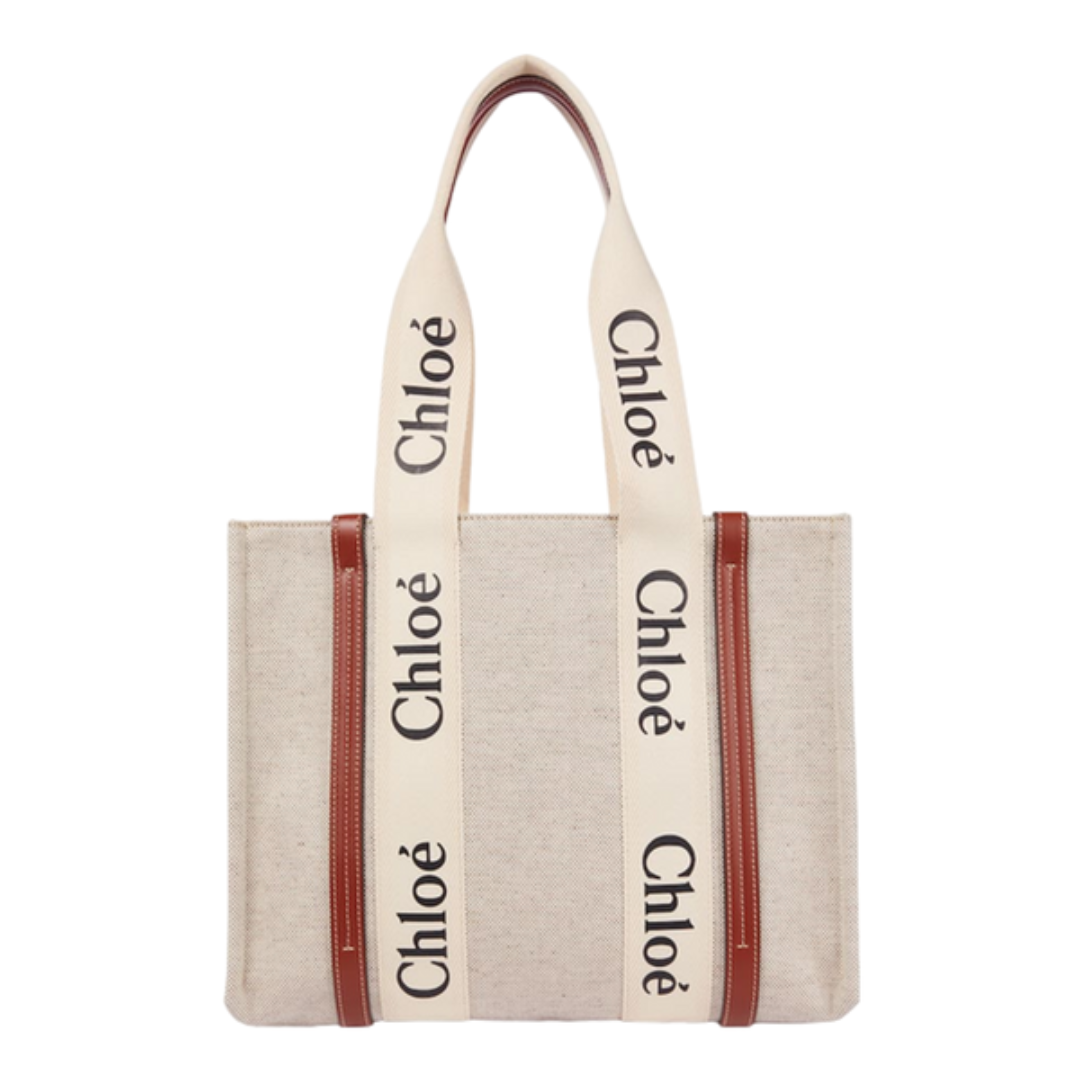The Path to Mindful Collecting
Contrary to popular belief, art collecting is not a skill inherent to most, nor is it solely reserved for those with deep pockets, art history degrees, or culturally pedigreed upbringings. Unfortunately, that belief is often reinforced by the negative experiences many of us had trying to engage with it (remember the art teacher who said you have no creative talent? being ignored by gallery staff during a visit?), and the often intimidating environments where art lives. Further, those environments, namely museums and galleries, have historically catered primarily to the elite, wealthy circles, feeding into the false idea that cultural access, acumen, and education were reserved for the few who could pay to play. Thankfully and much to their credit, these important institutions have recognized how exclusive and alienating this was—in many ways detrimental to having culturally and socially informed communities—and have evolved as relevant, community-geared organizations that exist to serve the greater good, and are accessible for all to consume and enjoy.
My personal journey with art collecting began in tandem when I co-founded and began managing LaCa Projects in Charlotte, North Carolina, a contemporary art gallery focused on representing and exhibiting Latin American artists. As I delved deeper into the industry, I had stark realizations that, while I love art, have always loved creating art, and have a profound appreciation for the tremendous value art brings to society, I knew little about my own personal tastes, what role I wanted art to play in my life and that of my family’s, and where my access points were. Essentially, I was running what would become a huge operation with numerous artists represented, and was missing a critical component to effectively do my job—knowing what I love, and why.
During my time at the gallery and following, many novice and experienced collectors alike would confess that they lacked the confidence and the sense of self to have a meaningful, quality art collection. I, too, was in this spot for many years, and would become so overwhelmed by the vast ocean of art available that I just shut down and lived with blankness, walls and bookshelves filled with safe, meaningless “fillers,” or purely decorative works to which I had no connection. While this worked for a while, I made the decision that I wanted more for my home—my haven—and the place that should stimulate both contemplation and joy. I wanted my art to tell a story—about me, about my life experiences, and the things about which I care most.
The winding, complicated, often meandering path to mindful collecting begins with three basic tenants: authentic curiosity , a love for humanity , and a long-term commitment .
So the first and most important step? Get to know yourself. In doing so you will build visual literacy, confidence, and the ability to discern what is quality and worth collecting—essentially building your foundation, as all savvy and good collectors have done. I often ask my clients key questions you can ask yourself: What do you care about? What is an object(s) or artwork that you currently own that you cherish, and why? What do you dislike? What do you want your collection to say about you? What about your life experiences, shared and personal, do you want reflected in the art you acquire? What is your family history and how could that influence what you collect? Learning those things about myself has been, and still is, the most rewarding and soul-filling part of the art journey, because it is not a singular effort confined to one area of my life. I have found that getting to know what I love, art and design-wise, has also enlightened me in every other area of my life. Knowing yourself well creates a desire to surround yourself with art by artists who share your values, sparks something inside of you, conjures up another time or place or person, reminds you of a different version of yourself, or simply brings a beauty that is all your own, curated by you.
The best place to start your personal exploration is with museums—they provide both historical and contemporary context that is critical for informing your own tastes. I also purchase and dive into art and design catalogues on the reg; I take in local gallery exhibitions whenever I can and make efforts to meet the featured artist(s); I scour Artsy (the largest online platform in the world for buying and selling art online) and online resources, and follow every artist whose work grabs my attention; I look for artists who are using their voices through their art and speaking about social issues that matter; I attend educational programs at all levels in my community, from grass-roots to heavy-hitter museum events; and I try to be well-read on the industry.
The enjoyment of art is also highly social in nature, so invite friends and family to learn and go with you. It removes a lot of the discomfort and intimidation if you have companions, and the most compelling conversations are sparked when you’re all standing in front of the same work of art and hear completely different opinions and perspectives. It’s a fascinating phenomenon totally unique to the art experience, and remains one of my favorite aspects of taking art in. It has the power to draw out vulnerability and authenticity and curiosity in us, in ways that only art can.
Second, develop an understanding of the market. While I still know little about how art valuation works, or fathom how a work of art by Leonardo da Vinci can sell for almost half a billion dollars at auction, I do know that it is critically important to understand how the market influences collector habits and behaviors, and how that subsequently affects pricing, artist visibility and access, contemporary art movements, how artists get picked up by galleries, and so much more. Watch the trends so you can distinguish between popularity and art that withstands the test of time. Avoid buying art just because it’s trendy or popular amongst your circles. Learn about historical and modern-day movements. Have a grasp on the the state of the economy. And most important, understand that art is an investment—an emotional investment, if nothing else. I never guaranteed or even eluded to the promise of increasing value when I was selling art to a client, but I did assure them that our gallery was doing everything in its power to build an upward trajectory for the artists we worked with. In that vein, patron and work with reputable, trusted galleries. Make sure the gallery is taking the necessary steps to educate you on the artist, including providing biographical information, CV’s (which lists the artist’s gallery and museum exhibitions as well as publications and media coverage), the artist’s website and statements, residencies, and the like. And make sure the gallery is pricing works appropriately and fairly—for the size, selling history, the artist’s professional accomplishments, and the uniqueness of the artist’s process, medium, and the context in which they create.
Last, dismiss the idea that art is only for those with art budgets and deep pockets. Some of the best collections I’ve seen are comprised of relatively inexpensive works. Additionally, I would argue that it’s much easier to access and collect art if you have limitless means; working hard and really digging in, like anything in life, results in a much more rewarding and meaningful experience. My passion for art collecting also means that I have to sacrifice financially in other areas of my life, but I have never once regretted an educated art purchase (I cannot say the same for shoes). Seeking out emerging artists, who are “new” to the contemporary landscape and don’t yet have broad visibility or gallery representation, is a great place to start if you have limited funds for art. Up and coming artists are often part of collectives or “colonies” of artists, where studio visits and engagement from the community is encouraged. Get on the mailing lists of the local university art programs, which often host graduating student art exhibitions with works for sale. Additionally, investing in art means you’re investing in artists, and that is something you can feel good about, every time. Not only do you contribute to an artist’s career and livelihood, you have the added benefit of owning a work you will enjoy for the rest of your life.
I believe that art, the great equalizer, is the single most important way to build cultural awareness and appreciation in our communities, and having an appreciation for the diversity that art brings to the table has never been more important. As with any subject, it is not possible to be fully learned. Pacing yourself and setting reasonable expectations with your time is important—unfortunately, you can’t see it all and do it all, but you’ll begin to become more selective and discerning once you’ve learned what is good art, and what you love. Plunging into the art world should happen with intention and with courage—stepping into the unknown and expanding your spheres is never easy. It’s also important to take your time. There is no speed racing through it, nor would I recommend moving too quickly for the sake of filling empty spaces—you’ll end up making purchases you might regret. My spiritual mentor reminded me recently that “I will never arrive” when it comes to my journey toward enlightenment. The same goes for art collecting. But the possibilities and boundless learning? That’s where the reward and fun is.
Nelia Verano is an art advisor and home styling consultant in Charlotte, North Carolina. To inquire about her services, please e-mail nelia.verano@gmail.com.


